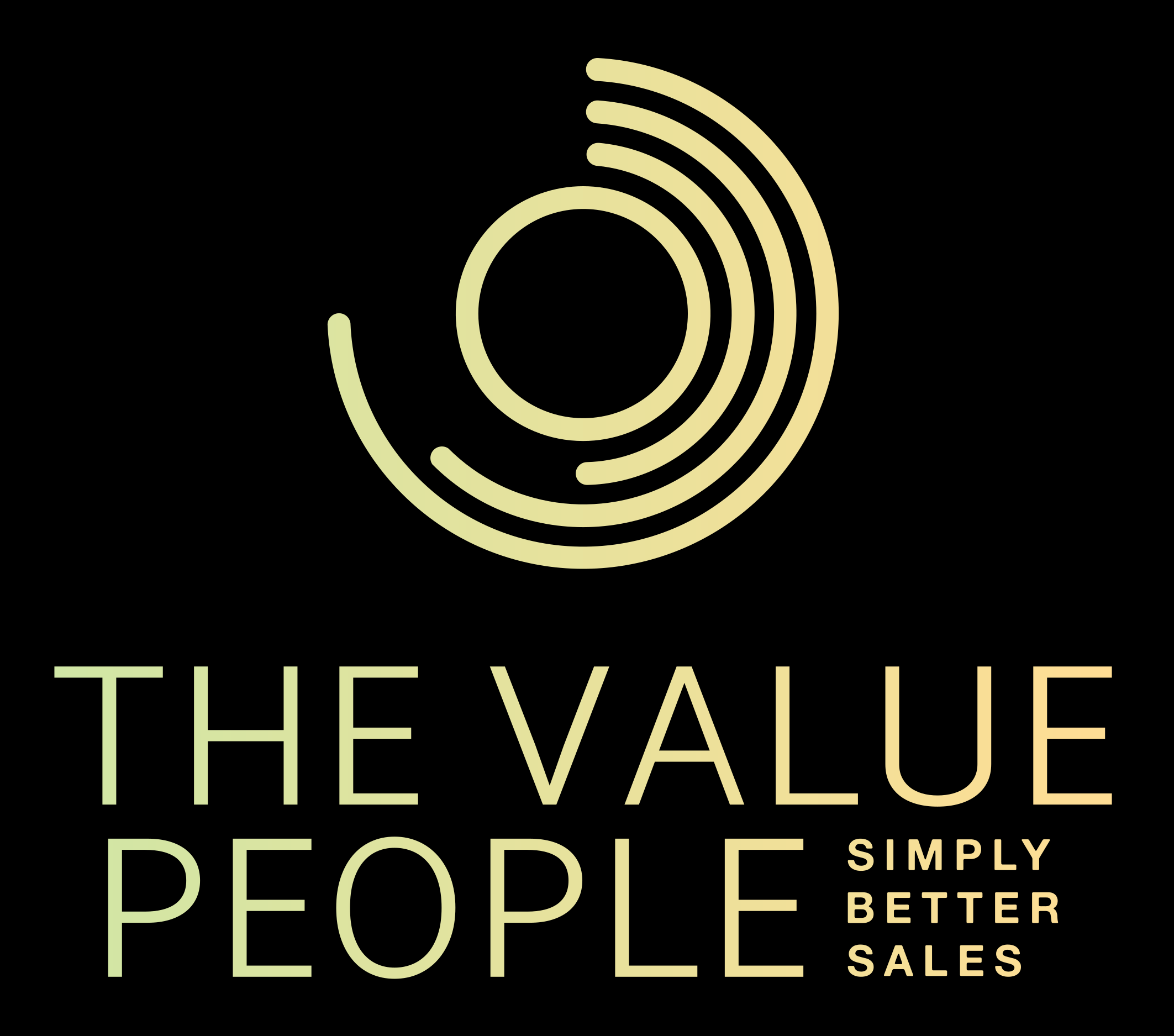Piecemeal vs. systemic sales improvement
What would you do, or choose, if you wanted to improve your sales? The options are endless! Would you look at putting the sales team through some sort of sales technique, negotiation or storytelling training? Or maybe introduce CRM-based sales operations improvements? Or set out on the epic journey to find ‘the right’ salesperson, the mythical rainmaker? And those are just a few more popular ideas…
All these topics are undeniably important. But how far do you yourself trust promises like ‘just use this patented pitch and you will increase sales by 300%’ or ‘with this negotiation technique you can improve your revenue by 60%’? We are, in the end, talking about single, comparatively small pieces of the large puzzle that is sales, so how much impact can optimizing this one piece really have – particularly in complex B2B environments?
Which raises the question: Why not look at this puzzle as a whole, from a higher viewing point, work on the big factors influencing it, improve the interworking of the pieces – and only then drill into the details. In other words, why not use a systemic approach to sales (or maybe we should say go2market), rather than trying to optimize single factors? And the more complex a sales process is, the more relevant such a systemic methodology becomes.
In this context, probably the most over-arching principle of sales is that customers expect value for themselves. Very bluntly, something that does not seem to provide value gets ignored, not bought.
Whatever you do when developing, marketing and selling your product / solution / service, you need to be able to answer three questions for your prospective customers:
- Why should I talk to you?
- Why should I buy anything?
- Why should I buy it from you?
How a systemic approach can guide value generation
From a systemic, high-level perspective, it should be clear that customers need to perceive value at every step of their buying journey. Of course, the obvious first association is product value (or more generally, the value of what you are actually selling). But this is not enough – the customer engagement itself, be it sales or marketing, needs to be valuable to the prospective customer in order to move the sale.
But let’s stay with product value for now. A high-level focus on customer value can ensure that your offering (which is much more than only the product itself) not only fulfills the minimum requirements to be sellable, but actually appeals to customers (more precisely, all relevant customer roles) and differentiates you from your competitors.
When it comes to marketing, the value focus will ensure that your activities not only appropriately communicate the offering’s value proposition, but that actual value is provided directly at this stage to customers – e.g. in the form of content marketing, useful whitepapers, case studies, etc. And it will avoid making yourself a nuisance – which would really be the opposite of value.
Finally, the sales process will focus on actually solving customer problems or issues (be they known, or possibly ones that the customer was not even aware of yet), which really means becoming a true business partner to your customers, supporting with consulting and counseling, sharing actual, valuable insights, market information – basically providing customers real business value. And that way, of course, also making the sale.
So what does it take to implement a systemic approach to sales in your organization?
Three main topics will play a role when shaping an organization along the guiding principle of customer value:
The first is a mindset change. Surprisingly many technology companies are driven by product – not customer value. And this seems to apply to startups, SMEs and major enterprises alike. For SMEs, changing the whole company viewpoint to that of the customer can be a major effort – and difficult for many technical founders. For large enterprises, with strict silos between (often heavily tech driven) product development, services organization, marketing and sales, this is possibly even more difficult. Realizing that a customer value driven go2market optimization is not only a sales topic, but rather affects the whole organization, and then getting the entire organization to go along with this holistic approach is a major culture change, that requires appropriate change management.
Second, collaboration between the different functions is absolutely critical. It’s easy to see that a value proposition defined jointly between all company teams will be much more powerful than if marketing or sales basically just sit down after the product is done and try to distill it’s values. Or the value proposition is just done by product development – with the mentioned technical, rather than customer value focus. And this should not be a once-off event: A constant feedback loop throughout the organization is needed to ensure that the product-market fit is adjusted and improved: Agile product development is not very useful, if the continuous live information from the market is missing.
Third, if we now narrow the view a bit to actual sales and marketing optimization measures, customer value can act as guiding principle for how to build the sales strategy, how to implement marketing and sales strategy, which marketing and sales methodology to implement – and how to train and coach the sales force. As said, marketing and sales should provide value by itself, so a consultative, partnership-based model will be useful. Any sort of manipulative snake-oil-salesman techniques are a no-no. Rather, long term optimization of the customer lifetime value will take center stage. Based on this, it should be reasonably straightforward to then select the sales trainings or sales operations optimizations or whatever else that provide the maximum value.
So, it’s certainly a bit of work – but worth it in the long run!

